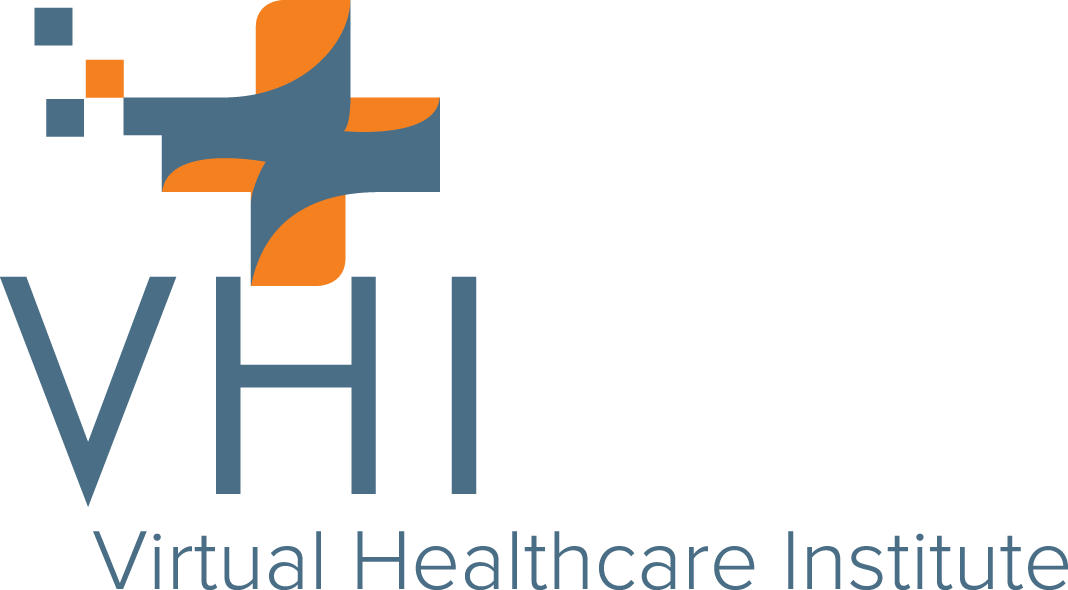Teaching Methodology
Our teaching methodology is centered on six core concepts:
- Virtual Education: With the use of video conferencing, an online whiteboard for real-time collaboration, and virtual reality for labs, students can engage in an interactive learning environment with their instructors and colleagues wherever their location.
- Competency-based education (CBE): This model allows caregivers to advance through the training program at their own learning pace. It also allows those who already have proven skills in specific competencies to be assessed in those skill areas and move on.
- Credit for prior learning/experience: We focus on assessing students and providing them with credit for what they already know. That way, students only participate in the training they need.
- Full healthcare pathways and credit transferability to advance degrees: Where possible, each healthcare pathway will transfer/articulate into more advanced healthcare degrees. The articulation alignment from the entry level programming to advanced degrees (Bachelor’s and/or Bachelors of Applied Science degrees) will have the goal of giving the student the highest level of credit as is reasonable for the program and shortening the time required to complete the advanced degree.
- Barrier reduction: We are committed to digital equity, literacy, and accessibility. Providing a live course instruction format provides structure and helps students build relationships, which increases the success of students who might have significant barriers to traditional online learning. The virtual classroom format allows for significant support for English Language Learners (ELL), Adult Basic Education (ABE) and students with disabilities. All course materials are ADA compliant. We also use the Integrated Basic Education Skills and Training (I-BEST) model and provide digital literacy support.
- Education that supports labor and employers in the healthcare sector.
